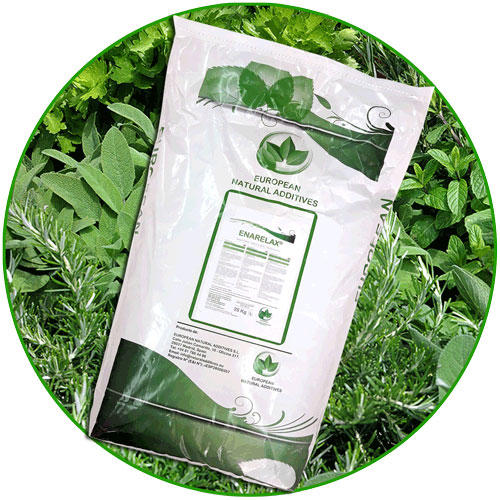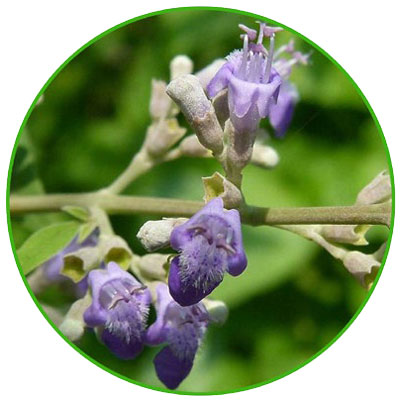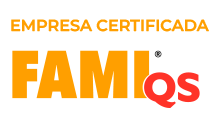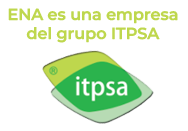Let’s start from a fact: there is a current lack of knowledge in the market about plant extracts for use as additives in intensive production. The first question that comes to mind is :
do they really work? THIS QUESTION IS JOINED BY OTHERS SUCH AS: IS THEIR EFFECT CONSTANT? HOW LONG DO THEY NEED TO EXERT THEIR EFFECT?
It is curious that medicinal plant extracts have been used by man since ancient times for the cure of multiple ailments, yet they are hardly used in veterinary medicine.
And if we have any doubts about the potential of plants, let us remember that the global trade in two plant extracts – Erythroxylum coca (cocaine) and Papaver somniferum (opium) – is worth many billions of euros worldwide.
What are plant extracts?
They are compounds produced by obtaining biologically active substances present in plant tissues, by the use of a solvent (alcohol, water, a mixture of these or another selective solvent) and a suitable extraction process.
From the same plant, depending on the part of the plant used, the solvent and the extraction technique, we can obtain a different range of substances.
For example, from bitter orange it is possible to obtain: violaxanthin, limonene, α-pinene, linalool, decanol, eriocitrin, narirutin, naringin, hesperidin, neohesperidin, poncirin, rutin, roifolin, diosmin, sinensetin, nobiletin or taringetin. Depending on the solvent and the technique, the extract will be rich in one or other substances.
AN EXTRACT CAN HAVE A HIGHER ACTIVITY THAN THE ISOLATED AND PURIFIED ACTIVE INGREDIENT

The active ingredients can be different compounds, with almost identical chemical structures, so that an extract can have a higher activity than the isolated and purified active ingredient. In addition, the extract, as a compound, usually presents greater stability, activity and tolerance, lacking, in most cases, adverse effects or generation of residues.
How are plant extracts obtained?
As a basic rule we will say that the phases to perform an extract (figure 1) would be:
STANDARDIZATION IS ONE OF THE MOST IMPORTANT STEPS, SINCE IT ENSURES THAT THE USER RECEIVES A PRODUCT WHOSE EFFECT IS PREDICTABLE IN THE DIFFERENT BATCHES MANUFACTURED.
It should be taken into account that the concentration of the active substances may vary according to the region where the plant is grown or the time of the year in which it is harvested, therefore, once the extract is obtained, the next step is its standardization.
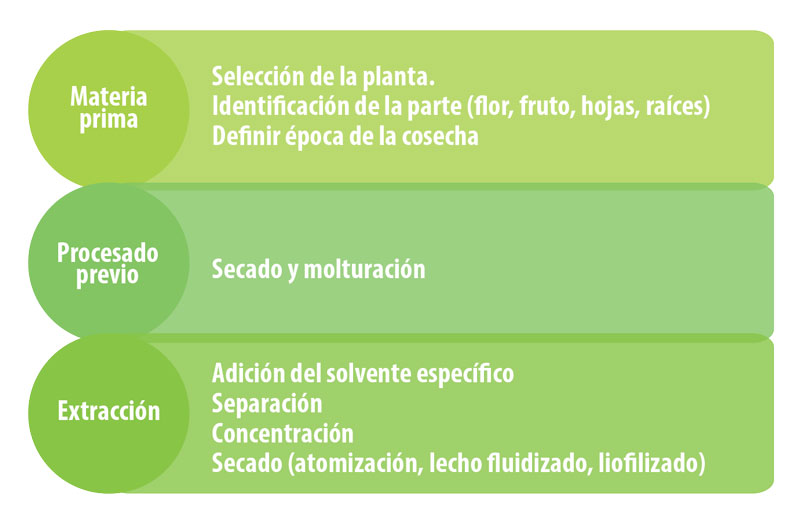
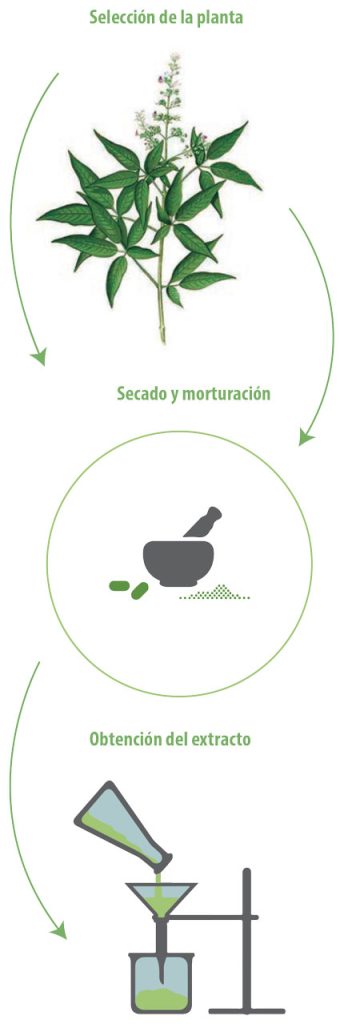
For this standardization, controls are performed on the initial product, the final product and the intermediate steps by means of HPLC (high performance liquid chromatography). this will ensure the constant quality of the extracts.
Now we know what plant extracts are, how they are produced and how to ensure their quality. Let’s take a look at some of their uses with a concrete case.
Stress situations and the use of additives based on plant extracts
Interest in animal welfare arose in the mid-20th century in European countries as a concern for farm animals in response to intensive farming systems.
The presence or absence of stress is considered a potential indicator of animal welfare.

Stress can be defined as the set of physiological and behavioral changes that occur in the animal in response to an adverse stimulus.
It is in the last 25-30 years that interest in animal welfare has gained momentum.
What are the costs of stress?
- In a stressful situation, the body reacts at three levels:
- Neuroendocrine response: adrenal sympathetic pathway, which stimulates the synthesis and release of adrenaline and noradrenaline, responsible for producing a fight or flight response. all this favors the occurrence of fights between animals, injuries, wounds, and even death.
- Activation of the hypothalamic-pituitary-adrenal axis: increased cortisol production, resulting in hyperglycemia, decreased insulin release, proteolysis, lipolysis, and glycogenolysis, which prevents the animal from using nutrients efficiently. In addition, the liver synthesizes acute-phase proteins, which are very expensive energetically speaking. all of this is a great metabolic cost for the animal.
- Immunosuppression
The natural additive with anti-stress action
This flavoring additive is produced from a mixture of plant extracts, with a high content of terpenes and flavonoids with anxiolytic effect, and represents a natural solution to minimize the metabolic cost associated with stress, improving animal performance in farms.
These extracts are standardized by HPLc to ensure that the active molecule content will always be the same.
At the last edition of the ipvs congress in Cancun, Mexico, the results of a test were presented in which the following were evaluated the anxiolytic effect of this additive, ENARELAX® for the prevention of aggressiveness in piglets at weaning and the improvement of their productive performance (Astorga, F. and Martin, M.; June, 2014). .
The test used 445 piglets divided into 2 groups, control (229) and treatment (216) randomly distributed in 32 pens in 3 different houses. Piglets were individually weighed at weaning and at the end of the transition, and losses during the transition were counted.
The results are shown in the following tables:
Table 1: Average weaning weights

Table 2: Average piglet weights at the end of transition

Table 3: Mortality percentages during transition

ENARELAX® has an affinity for the α-gAbA receptors of neurons, inhibiting nerve transmission.
This process prevents the triggering of reactions mediated by the neuroendocrine responses of the sympathetic-adrenal and hypothalamic-pituitary-adrenal axes, and decreases immunosuppression.
- These types of additives have a number of comparative advantages that make them the choice:
- Effective in monogastrics and ruminants;
- No prescription required;
- It leaves no residue;
- Safe for animals and consumers.
Recommendations:
- Prevention of aggression, caudophagia, cannibalism and pecking.
- Prevention of sexual behaviors (riding)..;
- Welfare in animal transport: loading and unloading in trucks.
- Relaxation of animals before vaccinations and other farm management.
Dosage:
- Premix:
- Feed: 0.5-2 kg/ton of feed.
- Unifeed car: 5-20 grams/animal/day.
- Soluble powder (water)
- 100 grams/1,000-3,000 liters of drinking water.

